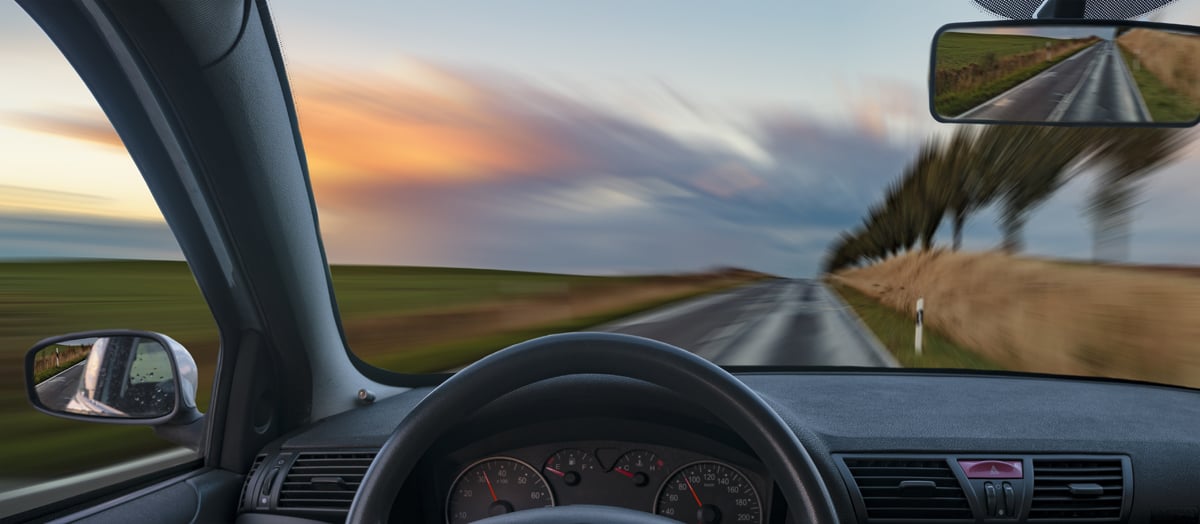Clutch chatter is one of those subjective topics – what is ‘too much’ chatter to some folks may be ‘just a little’ chatter to others. It really boils down to your driving experience. Chatter usually happens as the clutch is engaging. It occurs when the pressure plate is alternatively grabbing and slipping the clutch disc, making the car shake as the engagement is occurring.
So what are some of the factors that contribute to making a clutch chatter?
Aggressive friction materials – metallic clutch discs have a much higher coefficient of friction and, in turn, are ‘grabbier’ or more likely to chatter. Much like metallic brakes versus organics, you can feel the difference.
Lack of marcel, or ‘squish’ in the clutch disc carrier – When you look at most clutch discs from the side, you will notice a small wave in the metal carrier between the facings. This is called the marcel spring. It can vary in thickness from as little as .010” to .045” when the clutch disc is engaged or compressed. The more marcel a disc has, the better it can absorb the shock of engagement and resist chatter.
Alternately, more marcel translates into more finger travel or release length to achieve disengagement. So it takes a gentle balance.
Improper gearing – If a vehicle has a high rear-end gear (lower numerically) or a very high low gear in the transmission, the ability to get the clutch engaged smoothly is more difficult. The clutch needs to be slipped more initially to get the vehicle moving. This builds heat in the disc and can cause the clutch to chatter. In most cases, you are looking for a minimum of a 10:1 low gear to rear gear ratio to help optimize your initial take-off (low gear X rear gear.) This is especially critical if you prefer to let out the clutch from an idle!
Solid or poly engine or transmission mounts – Any time you stiffen the drivetrain mounting, it is more likely to transmit pulses that can turn into chatter on takeoff.
Bent or excessive run out of the clutch disc – If the clutch disc becomes bent, perhaps by rocking the transmission on install, letting it hang from the disc without support, or using the bolts to draw the transmission onto the bellhousing, the clutch disc can easily become bent and will chatter excessively, if it disengages at all.
Vehicle weight – When combined with any of the above factors, the heavier the car is, the more chance you have of experiencing chatter on initial takeoff. NOTE: See improper gearing above.
It can be very challenging to select the proper clutch for your application. You must be mindful and honest with yourself as you make your clutch selection. By keeping the factors above in mind, you can avoid or minimize the amount of chatter that you may experience in your particular application. A dual disc clutch is always a great option to help avoid chatter in higher horsepower vehicles since you can get great holding power without using aggressive friction materials.

